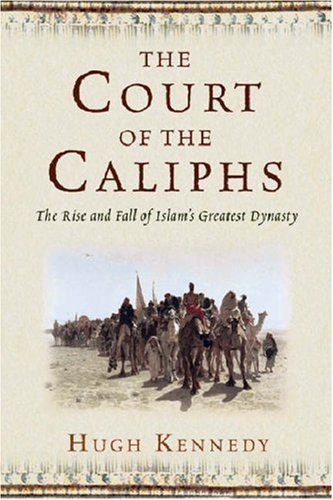
The Court of the Caliphs The Rise and Fall of Islam's Greatest Dynasty
Professor Hugh Kennedy makes no apology for the 'fair share of booze and sex' involved in The Court of the Caliphs. Every element of his story is drawn from the original Arabic texts: 'the writers of the ninth and tenth centuries knew their rulers had their fair share of human frailties and were quite happy to describe them. To produce a sanitized and whitewashed version of history does no service to our understanding of the caliphate.' In this fast-paced and colourful narrative, Professor Hugh Kennedy takes us back to Baghdad and Samarra and the glory days of the Caliphate. From a rebellion planned in a remote desert town to the founding of Baghdad in AD 762, the rule of the Abbasid dynasty was looked back on as the golden era of the Islamic Conquest. The muslim world was ruled by a single sovereign, who waged holy war against the Byzantines and protected the holy cites of Mecca and Medina. For what was to be the last time in history, a mighty empire was based on the ancient Mesopotamian heartland that had once supported the Sumerians, Babylonians and Assyrians. The Caliphs formed the model for succeeding muslim regimes. From military conquests to patronizing poetry, building palaces, and the formal structure of the court - harems, viziers, eunuchs and the tales of the Arabian Nights - the Abbasid Caliphate and offered a historical ideal for later empires and their rulers to aspire to. Yet the true story of this fascinating empire has been forgotten outside the academic world. And it deserves to be rescued: it is an epic story in every sense, with larger-than-life rulers, exotic slave girls, inventive tortures, and enough court intrigue to frighten a Borgia.